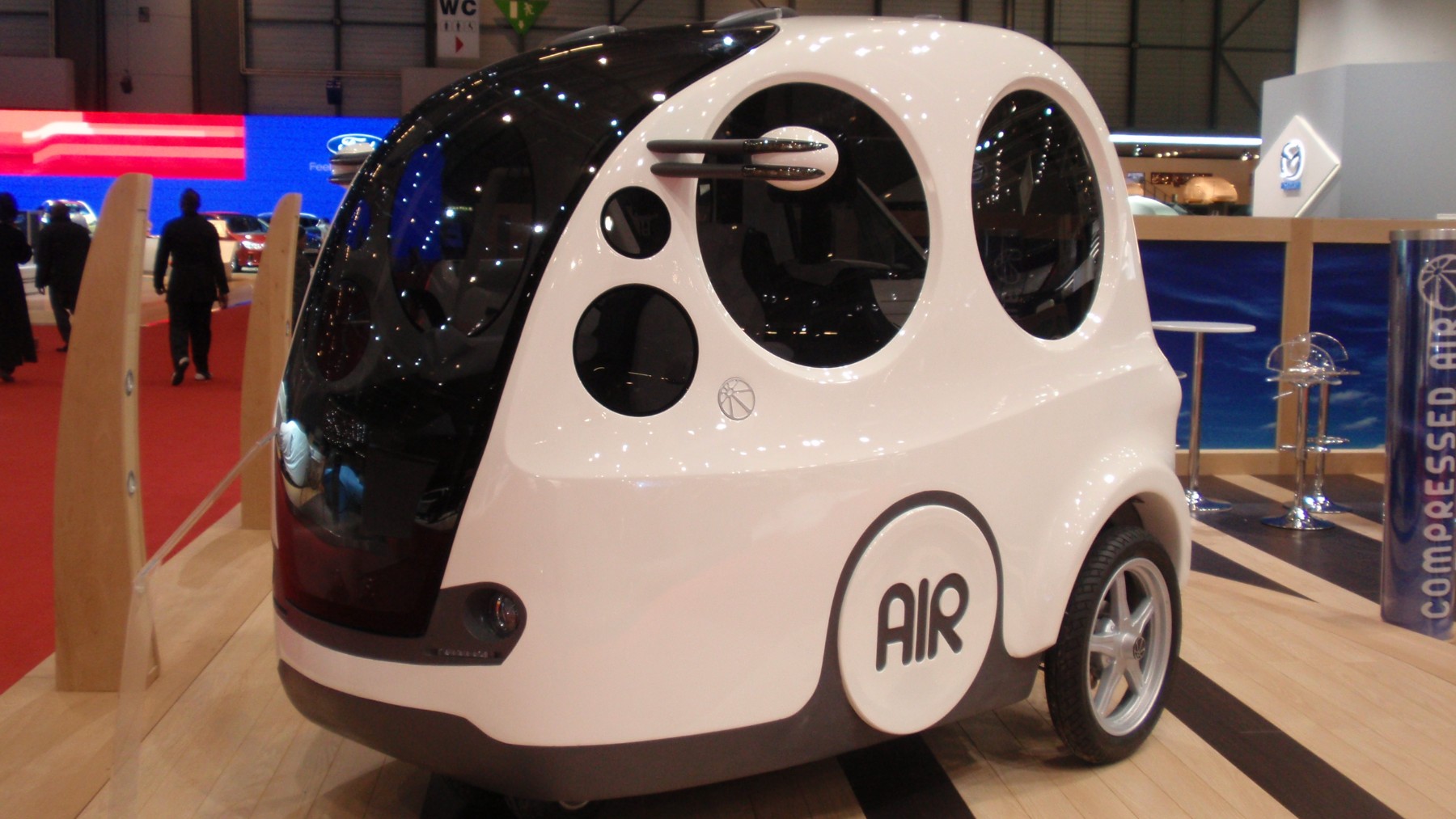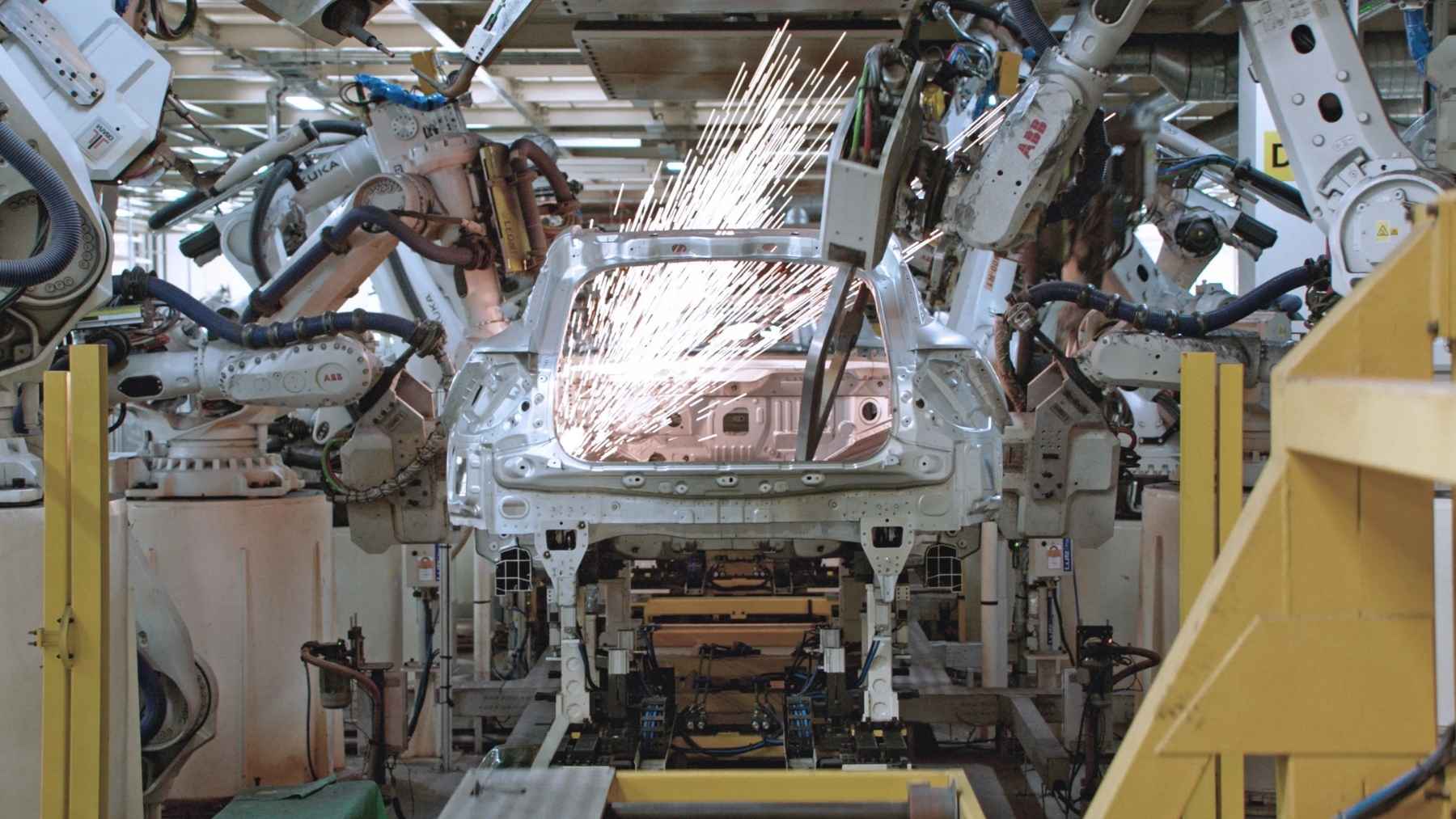What if a car could run on compressed air? That’s the question French inventor Guy Nègre has been trying to answer since 2004. If we had a world where such an engine was possible, the contributions missions from current internal combustion engines make towards the climate crisis would be almost entirely eliminated. Such an engine would produce no emissions and be significantly more greener to produce
Compressed air vehicle in the works since 2004
The project has received significant attention and investment from across the world since the idea first began being developed by Nègre. In 2015, it received a $5 million investment for a license in the United States making the project gain significant attention and visibility to key stakeholders. What is more, the car was initially pitched in 2016 to sell for only $10,000.
The low suggested cost of the car comes from a recognizability that if companies want to convince consumers to go green and switch to alternative engine solutions, they need to be affordable. Consumers are more likely to adopt eco-friendly technologies when the price is comparable to traditional gas-powered vehicles, ensuring that cost is not a barrier to the transition. By making these vehicles accessible to a broader market, manufacturers can drive mass adoption and help accelerate the shift towards more sustainable transportation options.
The AIRPod has yet to enter production
While the car has yet to enter production, prototypes have been made. Dubbed as the AIRPod, it can carry three people and has a maximum weight of 217kg and can get up to 80km/hr with a maximum range of 128 kilometers before needing to be refueled. The car is recharged with a compressed air machine and takes no longer than five minutes to charge. However, the car seems to have made little progress in the past decade.
Prototypes of the car have been tested by Air France-KLM to be used as emission free vehicles in airports. With the small range of the car, it is unlikely that it would ever be adapted widely as a passenger vehicle. However, its use in specific settings such as airports, where short-range travel and sustainability are key priorities, could pave the way for further development of similar eco-friendly vehicles in other specialized sectors. This approach highlights the potential of certain alternative engine solutions in niche applications, offering a glimpse into how the transportation industry can embrace greener solutions in the future.
Embracing innovative solutions for engines as the world goes green
As the world increasingly shifts toward sustainability, the transportation industry is at the forefront of this transformation, embracing innovative engine solutions that reduce emissions and improve energy efficiency. Traditional internal combustion engines are being replaced by alternatives such as electric, hydrogen, and hybrid technologies as well as more focused solutions like the AIRPod.
These innovations not only offer cleaner, greener solutions but also represent significant advances in engineering and are set to revolutionize how we power vehicles. Electric engines provide zero-emission alternatives that drastically reduce air pollution in urban areas and help combat climate change. Hydrogen-powered engines, on the other hand, offer fast refueling times and longer ranges, making them a promising option for industries requiring heavy-duty and long-distance vehicles such as trucking and maritime transport.
In addition to new powertrains, alternative fuel technologies such as biofuels and synthetic fuels are being explored as ways to make existing infrastructure more sustainable. The widespread adoption of these engines requires not just technological innovation, but also significant investment in infrastructure, including charging stations and fuel distribution networks. As the world continues to fight the effects of climate change, embracing these innovative engine solutions will be crucial to meeting global sustainability goals to reduce our carbon footprint, and creating a cleaner, greener future for generations to come.














